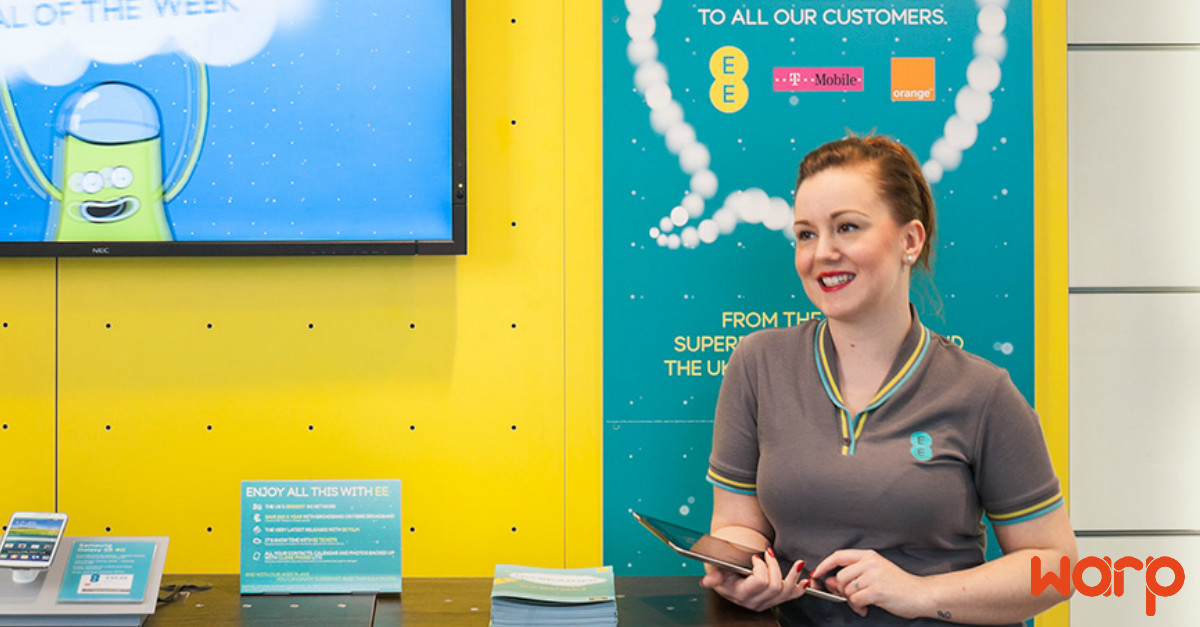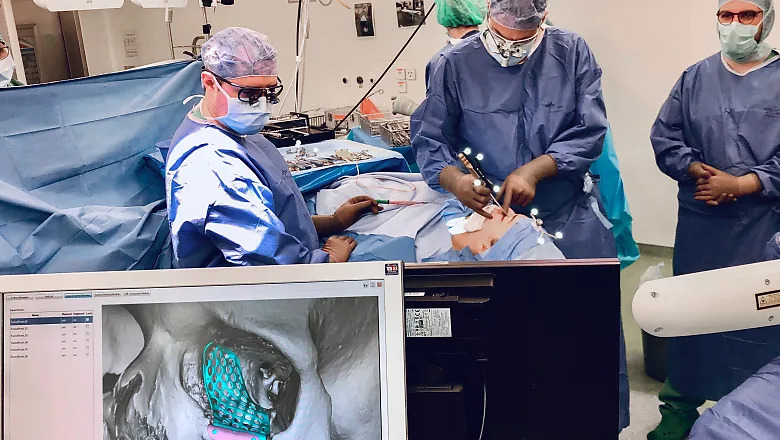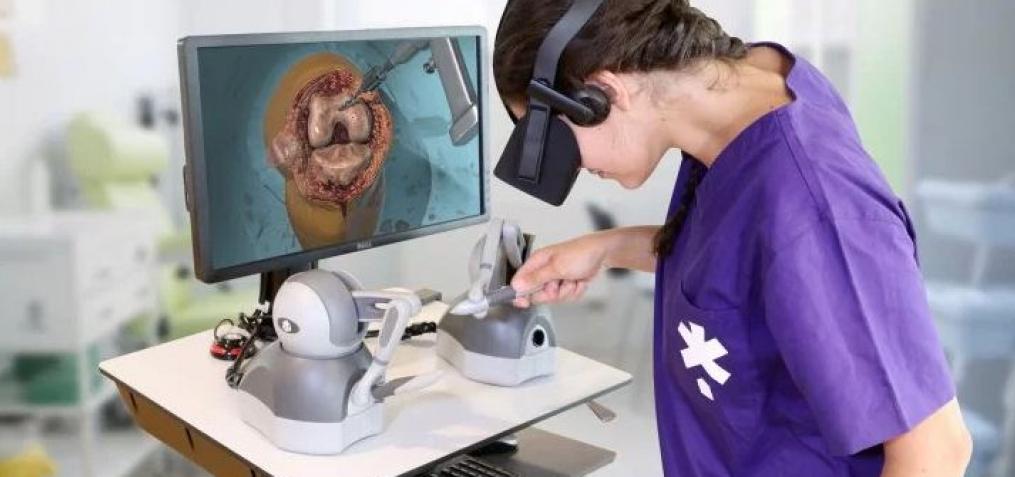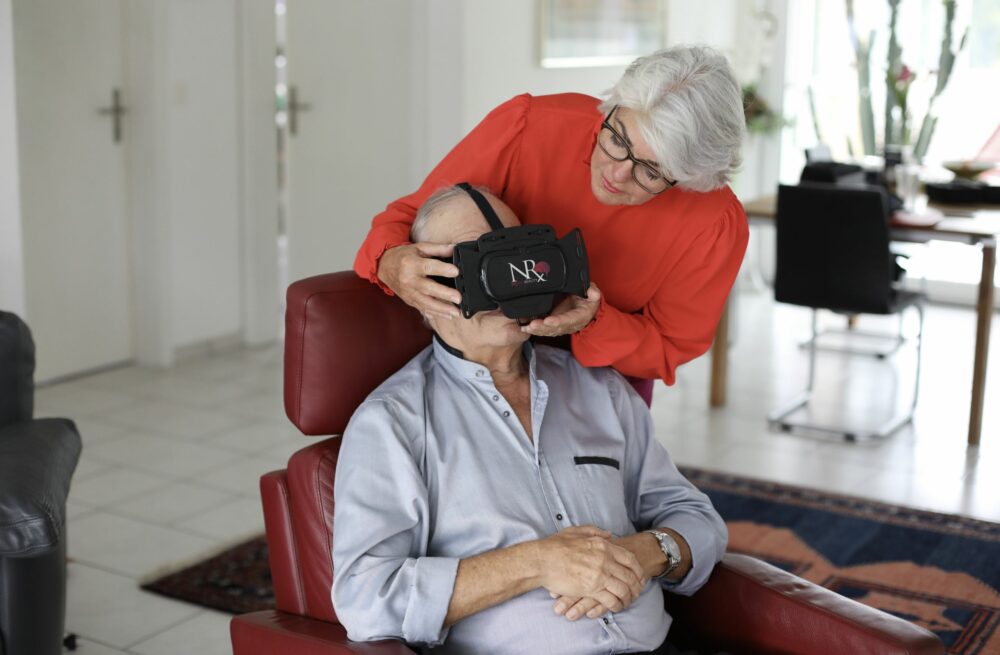The impact of real-life training, but accessible like Youtube
The news that Walmart is distributing 17000 Oculus GO Virtual Reality headsets to stores and learning centers made headlines. During the Facebook Oculus Connect conference Nr 5, this example of VR training was presented as how to Transform Training. This clip shows how VR is helping Walmart, the largest employer in the world, answering the question: “How do you make every store as great as your first, with 2 million employees worldwide?”
This question can be asked for every retailer in the world, big and small. Virtual Reality provides the answer and is ready to use and available to all, not just a giant like Walmart. VR enabled situational training for numerous organisations harnessing this technology and seeing incredible results.
Here are 3 practical applications in the retail industry, with examples of companies that are already taking full advantage of VR.
1. Sales Training
Recruitment, especially getting it wrong, can be costly for any organisation. Businesses want to be sure applicants claiming to have certain skills actually possess certain skills, but there is no cost-friendly way to really assess whether an applicant is up to par.
Cubiks, a trusted assessment agency to the world’s biggest employers, is harnessing Virtual Reality to assess applicants skills during the recruitment process and beyond. For a British telecom company applicants, while wearing a VR headset, are asked to deal with an angry customer in one of the stores in London. An interactive 360 filmed environment enables the company to precisely see the choices the applicant makes and determine it’s strengths and weaknesses. Click here to see how it looks like.
2. Stress Test
Simulating events can be difficult to run as physical training scenarios, like Black-Friday, a bank robbery and many more. To prepare employees, companies are turning to virtual reality headsets to help (new) employees handle various situations. This realistic, repeatable and scalable training content helps employees experience a real store environment, and teach them how to handle situations like massive crowds and long lines. All of this education can take place without having to disrupt an actual store and its customers.
For example, a new bank store manager may have never experienced a bank robbery (and hopefully never will). The VR experience created by “the most modern bank”, shows the employee how to be aware, what (not) to do and what to pay attention to. VR proofs to be an effective training tool due to its ability to instill confidence. Employees have the ability to make mistakes in VR as they would in real life and learn from those errors without any consequences.
3.Customer Service & Hospitality
For retailers dedicated to delivering the utmost in consistent customer service, the problem that inevitably emerges comes at training time. How does the retailer ensure that the customer experience doesn’t suffer during employee training? How would it be possible for, say, a new store manager to learn first-hand how to handle a day when the store is busy and freight is coming in, without having to recreate a disruptive incident in an actual store, and thereby disrupt the shopping experience for customers?
A Dutch shoe retailer is harnessing the power of VR to train in-store employees. Every one of the 140 stores will have an Oculus Go or two available for the employees to enter 360 VR video-based scenarios, representing real-world situations, during which they will be asked to make choices based on what they see as they encounter various situations. The first scenarios are related to customers and incoming freight, moving on to management, sales, and security-related experiences.
One of the employees said, during a first test, that the virtual reality presentation provided her with valuable experience she wouldn’t have received even hearing about an event first hand from someone else.
What about the Business case?
When you are wondering about the business case, think of it this way: the cost of employee non-productivity + situational training costs can easily cost 500 euros per day. Reducing time by 50%, say from 1 day to half a day, frees up 50K euros when you have to train 200 employees. And 50K buys you extensive VR training courses with unlimited (re-)use
…
Quelle:
https://www.linkedin.com/pulse/vr-transforming-training-retail-industry-guido-helmerhorst/




